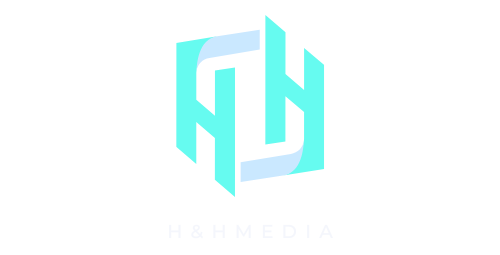In the world of digital marketing, Google Ads and Facebook Ads are two of the most popular platforms for driving traffic, generating leads, and increasing sales. However, each platform has its unique strengths and weaknesses, making it crucial for businesses to understand which one aligns best with their goals. In this blog, we’ll explore the key differences between Google Ads and Facebook Ads to help you determine which one works best for your marketing strategy.
1. Understanding the Platforms
Google Ads
Google Ads operates on a pay-per-click (PPC) model where advertisers bid on keywords to have their ads displayed in search engine results. The platform is primarily focused on intent-driven search marketing. When users search for specific keywords, relevant ads appear, targeting users who are actively looking for products or services.
Facebook Ads
Facebook Ads, on the other hand, are part of a social media platform where advertisers can target users based on demographics, interests, behaviors, and more. The ads can appear in users’ news feeds, stories, and even on Instagram. Facebook Ads are more focused on audience engagement and brand awareness than on direct search intent.
2. Targeting Capabilities
Google Ads
Google Ads excels in targeting users based on their search intent. If someone is searching for “best running shoes,” they are likely in a buying mindset. This intent-driven approach allows businesses to target users who are actively seeking their products or services, resulting in higher conversion rates.
Facebook Ads
Facebook Ads offer advanced demographic and interest-based targeting. Advertisers can reach users based on age, location, interests, online behavior, and more. This level of targeting is beneficial for brand awareness campaigns, allowing businesses to reach potential customers who may not be actively searching for their products but fit the ideal customer profile.
3. Ad Formats and Creativity
Google Ads
Google Ads primarily uses text-based ads in search results, which need to be concise and compelling. However, it also offers display ads, shopping ads, and video ads on YouTube. While the text format can be limiting, it allows for clear messaging focused on user intent.
Facebook Ads
Facebook Ads provide a wide variety of ad formats, including image ads, video ads, carousel ads, and story ads. This diversity allows for creative storytelling and engaging visuals, making it easier for brands to capture attention and evoke emotions. The visually appealing nature of Facebook Ads can lead to higher engagement rates.
4. Cost and Budgeting
Google Ads
Google Ads operates on a bidding system, where costs depend on competition for specific keywords. While it can be more expensive, especially for highly competitive industries, the return on investment can be significant if the campaigns are well-optimized for conversions.
Facebook Ads
Facebook Ads generally have a lower cost per click (CPC) than Google Ads, making it a cost-effective option for businesses with limited budgets. However, the effectiveness of Facebook Ads can vary based on the audience targeting and ad quality.
5. Conversion Tracking and Analytics
Google Ads
Google Ads offers robust tracking and analytics tools, allowing advertisers to measure conversions, click-through rates, and overall campaign performance. This data-driven approach helps businesses fine-tune their strategies and achieve better results.
Facebook Ads
Facebook Ads also provide comprehensive analytics through Facebook Insights and Ads Manager. Advertisers can track engagement, reach, and conversions. However, understanding the data and translating it into actionable insights can be more complex compared to Google Ads.
6. Best Use Cases
When to Use Google Ads
- High Intent Searches: If your business relies on capturing leads from users who are actively searching for specific products or services, Google Ads is the better choice.
- E-commerce and Local Businesses: Businesses with a clear product offering or local services can benefit significantly from Google Ads’ intent-driven approach.
When to Use Facebook Ads
- Brand Awareness: If your goal is to build brand awareness or engage with potential customers, Facebook Ads’ targeting capabilities and creative formats are ideal.
- B2C Marketing: Businesses that target consumers based on interests and behaviors can find success with Facebook Ads.
Conclusion
Ultimately, the choice between Google Ads and Facebook Ads depends on your marketing goals, target audience, and overall strategy. Google Ads is excellent for capturing high-intent users actively searching for products, while Facebook Ads excels at building brand awareness and engaging users based on their interests. Many businesses find success by integrating both platforms into their marketing strategy, leveraging the strengths of each to maximize reach and conversions. By understanding the nuances of each platform, you can make informed decisions that drive growth and achieve your business objectives.






